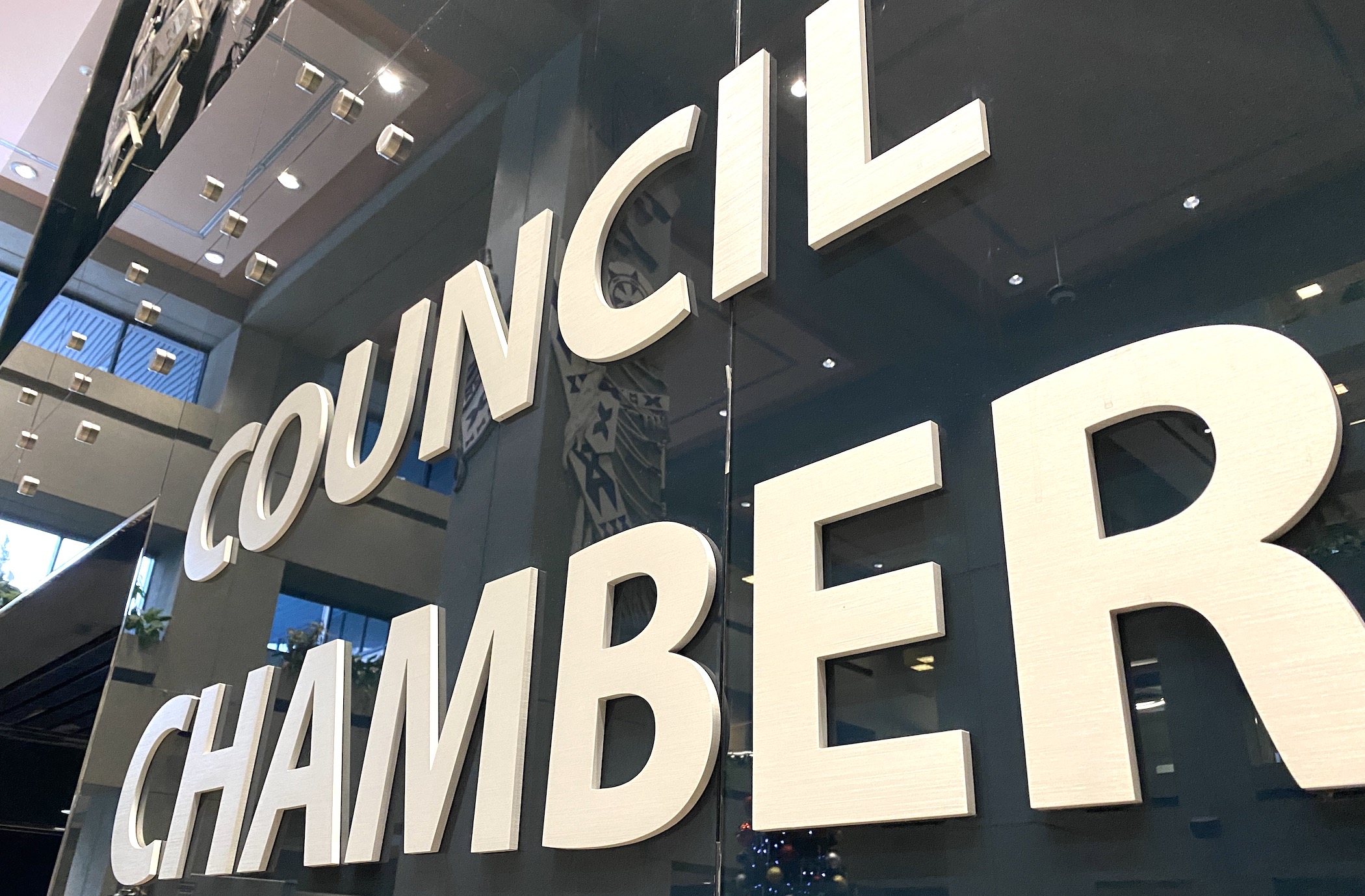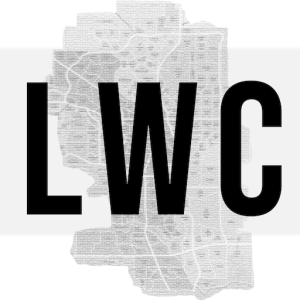Fantastic use of data here
@ByeByeBaby - illustrates the crisis very well. Where/how did you collect this data? Is the underlying dataset publicly available or one you've cobbled together?
What's interesting to me is this post-Covid pop in rents/housing asset prices hasn't seemed (anecdotally) to trigger of flood of new apartment projects - part of that might be too soon, part of it might be that as rents have increased, costs and financing have as well so new building doesn't have any better margins than before. Either way I am surprised we aren't seeing too many larger-scale projects start making their way into the pipeline yet.
It's cobbled together and primarily for my own amusement and edification; it's probably against the terms of use or whatever so I don't want to give it out willy-nilly.
You're excluding way more than just run down properties by requiring in-suite laundry. And why exclude them in the first place?
Run down was maybe a strong term, but generally anything built in the past 30 or so years includes insuite laundry and a dishwasher. I divide up the properties for two reasons; for personal reasons (see below) but also from a data perspective because it's more fair to make a cost change comparison by tracking more similar properties. If I only looked at all properties and in 2021 the mix was mostly small units - 60% 1 BR, 30% 2 BR and 10% 3 BR but in 2023 the mix was reversed somehow - 10% 1 BR, 30% 2 BR and 60% 3 BR, the overall average price would go up substantially even if there was no change in the prices of units by size; there's just more of the bigger, more expensive units on the market now.
Ideally to compare prices to find changes, you want to compare apples to apples as much as possible; ideally I'd have a number of quality controls to reflect units in newer buildings vs older buildings and so on. Refurbished suites, higher quality stove, there's a ton of possible things that could mark a nicer apartment from a less nice one. Rentfaster has limited tools for that, especially now that I'm doing it manually (in 2018 I had a program to do it, but they changed their site). What I found is that insuite laundry and dishwasher tended to reflect newer properties that had a higher value; in particular 1 bedroom units -- the average price difference between a 1BR with both and a 1 BR that doesn't is in the $400 range; for a 2 BR 1 BA it's in the $200 range (controlling broadly for location). That's also the reason I split out 2 bedroom units by the number of bathrooms; the price difference for a 2 BR 1 BA vs. a 2 BR 1.5+ BA unit is in the $300-400 range (controlling for the appliances and broadly for location) -- it's less important for other sizes; almost all 1 bedroom units are 1 bath, and almost all 3 bedroom units have at least 2 baths.
Here's a chart showing rent ranges citywide for 2 bedroom, 1 bath units by various amenities; the number in each label is a rough estimate of the average rent. The dashed lines show the distribution across all units.
The left hand side is about the appliances I flagged; insuite laundry and dishwasher. There's about $80 in higher rents for having one of the two appliances, and another $140 for having both. Comparing just both appliances versus the combination of all units that have 0 or 1 of the 2 appliances, the gap is $170, which is fairly substantial; about 9%.
On the right, there's other possible amenities. Elevators also have a pretty big gap, but I suspect this is largely because most elevators are in the inner city (where rents are generally higher) and if controlled for that, there would be less of a gap. Air conditioning is a big marker of high-end apartments, but there's not a lot of apartments with AC, only around 10% of them. (Both dishwasher and insuite laundry is about 50% of 2BR 1BA.) Fitness centres also tend to be higher-cost places, but only 20% or so of apartments have that. Insuite storage is actually negative; I don't know if that's because older units are bigger or because crummier units tend to add the few features they do have. Units with balconies have almost exactly the same price split as those without.
So ultimately, for my analysis, I control for size (1 BR, 2 BR, 3+ BR), for number of bathrooms in 2 BR, for quality using the presence of both insuite laundry and a dishwasher as a proxy, and for area (inner city vs suburban).
They're probably over data-ing an involuntary landlord situation I'd bet

The first half is right; the second half is wrong.

I'm a voluntary tenant, but want to keep an eye on what the market is doing.
And that's the second reason I break out units with a dishwasher and insuite laundry. I've lived with neither of them, and I've lived with a dishwasher but card-op laundry room, and I'm not eager to do any of that again.

 livewirecalgary.com
livewirecalgary.com

 livewirecalgary.com
livewirecalgary.com






